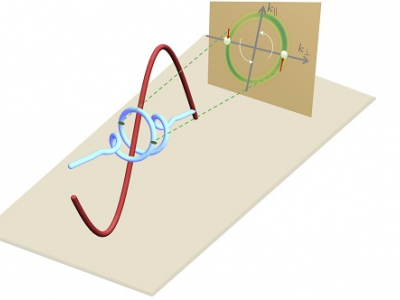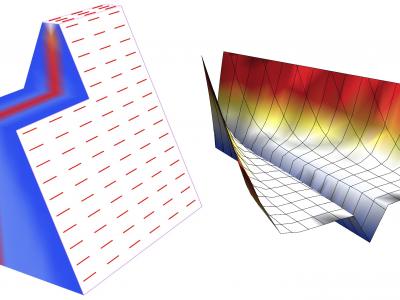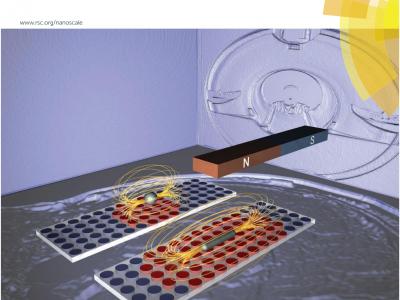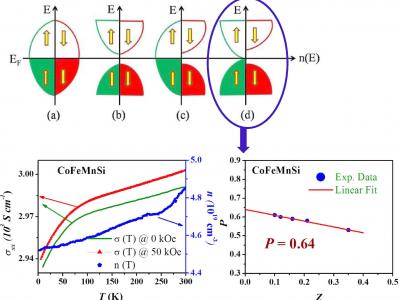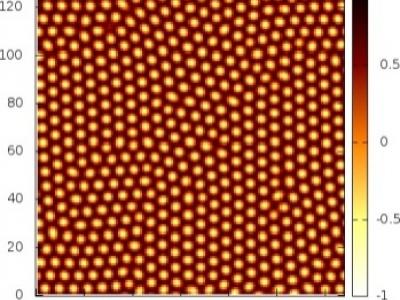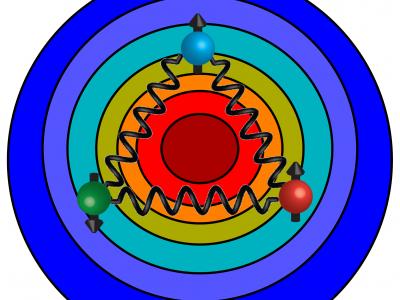A spinning top of light
Extremely short pulses of polarized light waves are excellent for studying many different types of materials. Existing methods for producing such pulses do not always produce the desired properties. The processes that take place inside matter are extremely short-lived, and the light pulses used to study them need to be similarly short — in the range of around 100 attoseconds (billionths of a billionth of a second). In this timespan, a light wave can undergo only a few rotations, which may not be enough to provide useful information about the material.
In this work a new method for precisely characterizing such light pulses has been developed. An extremely short, high-energy and circularly polarized light pulse is fired at an atom or a solid body. Upon being absorbed, the light pulse knocks an electron out of the body. This electron, which now carries information about the light wave, can reveal clues as to the properties of the sample being examined. Because the light pulses are circularly polarized, the ejected electrons also fly off with a rotating motion. The more precisely these light pulses are characterized, the more details can be derived about the electron’s place of origin within a material.



